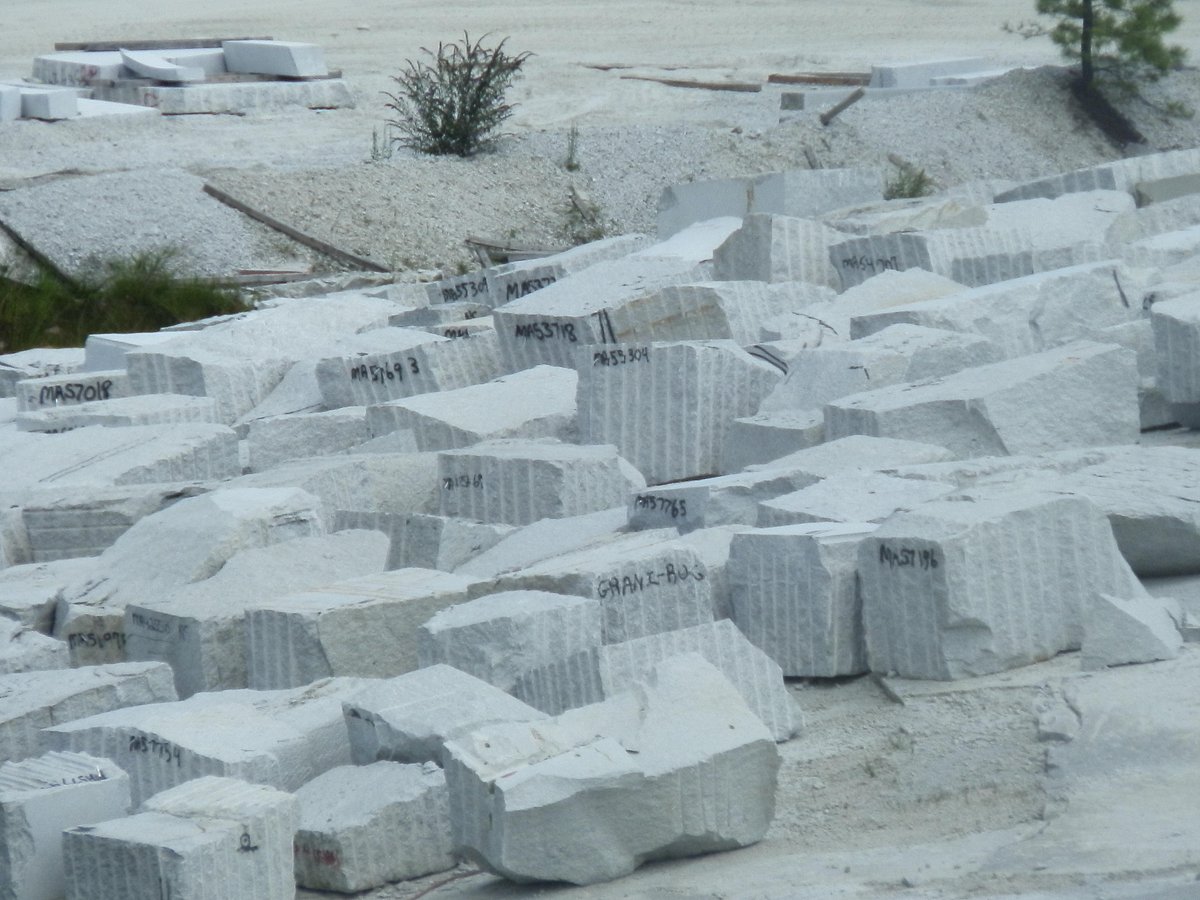Discovering the Elegance of Granite Quarry in South Africa Wonders
Discovering the Elegance of Granite Quarry in South Africa Wonders
Blog Article
Discovering the Rich History and Sustainable Practices of Granite Quarrying
As we stand on the precipice of discovering the detailed tapestry of granite quarrying, a journey via time reveals not simply the physical act of extracting rock yet likewise the cultural and historical value woven right into the really fabric of this technique. From the old origins that laid the foundation for modern-day quarrying methods to the lasting techniques that are shaping the future of this sector, each chisel mark on granite surface areas narrates waiting to be discovered (granite quarries in south africa). The tradition of granite quarrying stretches far beyond plain removal; it is a testimony to human resourcefulness, strength, and the enduring appeal of this magnificent rock
Old Beginnings of Granite Quarrying
Going back to old human beings, the practice of quarrying granite has actually been an important component of human background and building innovation. The earliest proof of granite quarrying go back to old Egypt, where huge pyramids and intricate sculptures were crafted from this sturdy rock. The Egyptians used primitive devices to extract granite blocks from quarries, showcasing the value of this product in their monumental constructions.
Progressing in background, the Greeks likewise made substantial payments to the quarrying of granite. The Greeks used granite in various building wonders, such as temples and statues, showing their skill in shaping and sculpting this hardy stone. The Romans better fine-tuned the methods of quarrying granite, employing advanced tools like blades and hammers to extract and form granite for their famous structures.
With the centuries, the practice of quarrying granite has progressed, with modern-day innovations enhancing effectiveness while maintaining the ageless charm of this all-natural rock - granite quarries in south africa. From ancient civilizations to modern building contractors, the legacy of granite quarrying remains to shape our world
Development of Quarrying Techniques
The development of quarrying methods has been noted by a continual progression towards better performance and precision in removing granite. From the simple approaches used by our ancestors to the advanced innovations made use of in contemporary quarrying procedures, the sector has undertaken significant developments. Early quarrying methods entailed manual work with fundamental devices such as blades, hammers, and wedges to extract granite blocks from the planet. As civilizations progressed, methods like fire-setting and primitive explosives were presented to assist in the extraction procedure.
In more current times, the arrival of equipment transformed the quarrying sector, allowing much faster extraction rates and raised performance. Technologies such as ruby cord saws, high-pressure water jets, and pneumatic drills have actually ended up being typical in modern quarries, enabling for accurate cutting and minimized waste. In addition, advancements in computer-controlled equipment and 3D modeling have actually maximized quarrying operations, resulting in very little ecological effect and boosted sustainability techniques. As the demand for granite continues to climb, the advancement of quarrying techniques continues to be important to meeting sector needs efficiently and sustainably.
Cultural Importance of Granite
Granite holds an extensive cultural value throughout various human beings as a result of its long-lasting existence in architectural masterpieces and prized monoliths. From the impressive pyramids of Egypt to the detailed makings of the Angkor Wat temple in Cambodia, granite has been a product of option for expressing grandeur and long life in cultural heritage. In ancient Rome, granite columns embellished temples and public buildings, signifying stamina and permanence. The social importance of granite extends past its physical qualities; it embodies strength, stability, and eternity, making it a sign of sustaining traditions and practices.

Lasting Practices in Quarrying
Among the rich background of granite quarrying and its social importance exists an expanding emphasis on lasting methods within the market. As environmental awareness and concerns concerning resource exhaustion have actually increased worldwide, the quarrying market has progressively accepted lasting approaches to lessen its effect on the setting internet and surrounding areas.

Additionally, improvement and recovery of quarry websites post-extraction are important to lasting methods. By bring back quarried areas to a natural or useful state, such as producing wildlife habitats or entertainment rooms, quarriers can balance out the ecological footprint of their operations and add favorably to the regional community.
Legacy of Granite Quarrying
With a historical background soaked in craftsmanship and industrial progression, what withstanding effect has granite quarrying left on the landscape of modern culture? The heritage of granite quarrying transcends mere removal methods; it has formed building marvels, city landscapes, and social heritage worldwide. The resilient nature of granite has made it a recommended option for monuments, structures, and infrastructure, standing as a testament to the skill and creativity of quarry workers across generations.
In addition, the financial impact of granite quarrying can not be neglected. The sector proceeds to supply employment possibility and drive neighborhood economic situations in areas where granite removal prevails. It has actually also stimulated technological innovations in quarrying methods and equipment, bring about much more reliable and sustainable techniques.
In terms of sustainability, the heritage of granite quarrying consists of efforts to alleviate ecological impacts with recovery tasks and responsible resource monitoring. By stabilizing economic interests with environmental stewardship, the over here sector makes every effort to ensure that future generations can remain to take advantage of this long-lasting natural deposit.
Final Thought

Report this page